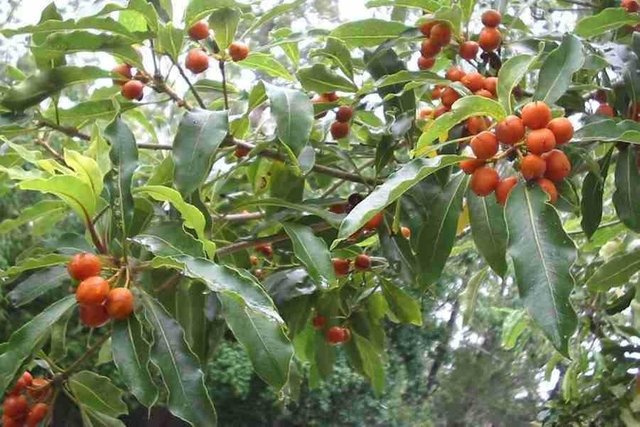
Pittosporum undulatum is an evergreen tree that is often used as an ornamental plant, due to its attractive fragrant flowers. It is native to south-eastern Australia but has now spread to a number of islands in the Pacific and Caribbean, as well as islands in the Atlantic and to South Africa. It is also invasive In Australia outside its native range. Research is being carried out in Jamaica to determine the most effective methods of control for this species.
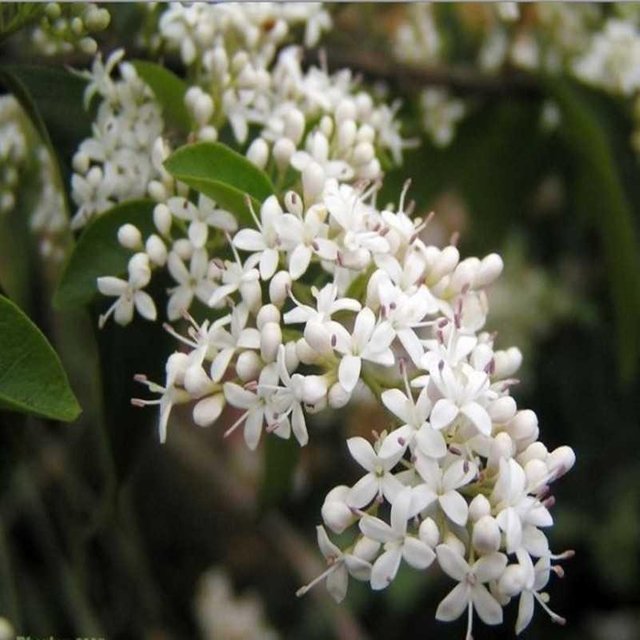
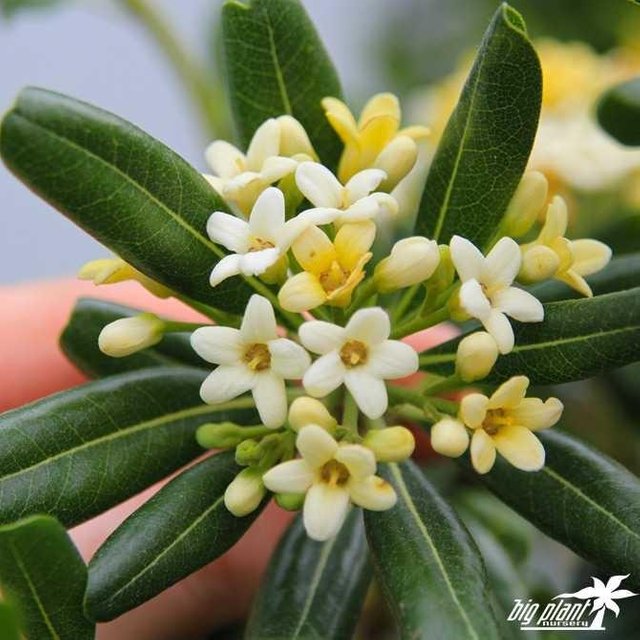
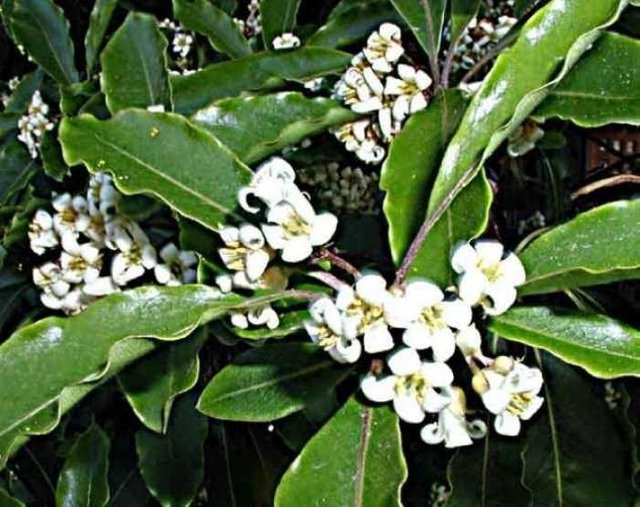
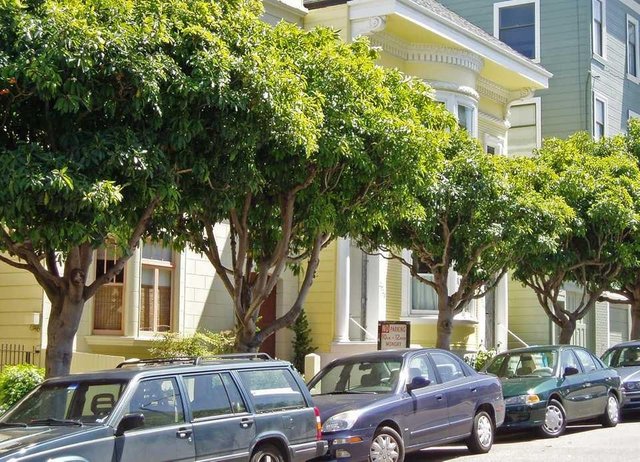
Pittosporum undulatum is native to the coastal belt and mountains of south-eastern Australia (Binggeli and Goodland, 1997). Prefers moist to wet areas in rainforest gullies and sclerophyll forest (ASGAP, 2002). Can grow to 1200m in elevation (Wagner et. Al. 1999 in PIER, 2003). Takes advantage of disturbance, as shown in Jamaica, where it was able to dramatically increase its range after Hurricane Gilbert struck in 1988 (Goodland and Healey, 1996). In Jamaica it has been recorded to 1740m altitude (McDonald and Healey, pers. Comm, 2003). Appears to adapt to high nutrient soils better than other plant species, allowing it to outcompete them in human-modified habitats (ASGAP, 2002)s. Able to tolerate maritime exposure (Plants For a Future, 2003).
P. undulatum exhibits great versatility: as a coloniser of open/disturbed habitats, as well as being very shade tolerant, casting a dense shade. It supports a dense seedling bank and soil seedbank and has a good capacity to resprout after cutting (McDonald and Healey, pers. Comm, 2003
Uses
Can be grown as a windbreak hedge. The wood may be used in the manufacture of golf clubs (Plants For A Future, 2003). It also makes good firewood, can be used to produce charcoal, and may be utilised for timber. It is popular as an ornamental tree and its high rate of nectar production makes it good source of food for honeybees (Binggeli and Goodland, 1997).
Source: